How to Start a Vegetable Garden - Must Buy List
May 16, 2024
In today’s fast-paced world, there’s a growing interest in sustainable living and self-sufficiency, making vegetable gardening a popular endeavor for many. Whether you have a spacious backyard or just a small balcony, starting a vegetable garden is an enriching experience that rewards you with fresh produce and a deeper connection to nature.
In this comprehensive guide, we’ll explore the essential products you need to kickstart your vegetable garden journey, ensuring a fruitful and fulfilling experience.
Assessing Your Space and Needs
Before diving into the world of vegetable gardening, it’s crucial to assess your available space and personal preferences. Are you working with a backyard plot, a balcony, or limited indoor space? Consider factors like sunlight exposure, soil quality, and climate conditions to determine the best location for your garden.
Based on your space and dietary preferences, select the vegetables you want to grow. Whether it’s crisp lettuce, juicy tomatoes, or vibrant bell peppers, choose varieties that thrive in your region and suit your taste buds.
Essential Tools and Equipment
Every gardener needs a set of reliable tools to cultivate and maintain their garden. Invest in high-quality essentials like a sturdy garden shovel, a durable pair of pruning shears, and a versatile hand trowel. For efficient irrigation, consider purchasing a quality watering can or a drip irrigation system.
Don’t forget about protective gear like gardening gloves and knee pads to keep you comfortable while working in the garden. Additionally, a soil pH tester and a moisture meter can help you monitor and adjust soil conditions for optimal plant growth.
Soil Preparation and Amendments
Healthy soil is the foundation of a thriving vegetable garden. Start by testing your soil to determine its pH level and nutrient content. Based on the results, amend the soil with organic matter such as compost, aged manure, or worm castings to improve its fertility and structure.
Consider using natural fertilizers like fish emulsion or seaweed extract to provide essential nutrients to your plants. Mulching with materials like straw or wood chips helps retain moisture, suppress weeds, and regulate soil temperature.
Seed Selection and Starter Plants
When it comes to starting your vegetable garden, you have two options: seeds or starter plants. If you’re starting from seeds, choose high-quality varieties from reputable suppliers. Look for heirloom or organic seeds that are free from genetically modified organisms (GMOs) and chemical treatments.
Alternatively, opt for starter plants from a local nursery or garden center for a head start on your gardening journey. Popular choices for beginners include tomatoes, cucumbers, zucchini, and herbs like basil and parsley.
Pest and Disease Management
While pests and diseases are inevitable in any garden, there are proactive measures you can take to minimize their impact. Practice good garden hygiene by removing debris, weeds, and diseased plants regularly. Encourage natural predators like ladybugs and beneficial insects to control pest populations.
Consider using physical barriers such as row covers or netting to protect your plants from pests. For organic pest control, try natural solutions like neem oil, insecticidal soap, or diatomaceous earth.
Supporting Structures and Accessories
Many vegetables benefit from additional support as they grow. Invest in supporting structures like trellises, cages, or stakes to keep your plants upright and maximize space in your garden. For vertical gardening, consider using a sturdy trellis or a DIY vertical planter to grow climbing vegetables like peas, beans, and cucumbers.
Don’t forget about accessories like mulch, plant ties, and plant labels to keep your garden organized and thriving.
Budgeting and Prioritizing Purchases
When it comes to purchasing products for your vegetable garden, budgeting and prioritization are key. Start by making a list of essential items based on your gardening needs and available budget. Focus on investing in quality tools and equipment that will last for multiple seasons.
Look for discounts, deals, and promotions from online retailers, local nurseries, and gardening clubs to stretch your gardening budget further. Consider borrowing or renting expensive equipment like tillers or compost bins to save money on upfront costs.
How to Start a Vegetable Garden - Must Buy List
Here’s a list of the How to Start a Vegetable Garden - Must Buy List from popular brands on the market today.

A sturdy garden shovel is essential for digging and turning soil, planting seeds and seedlings, and transplanting larger plants. Look for a shovel with a comfortable handle and a durable blade for efficient use in the garden.
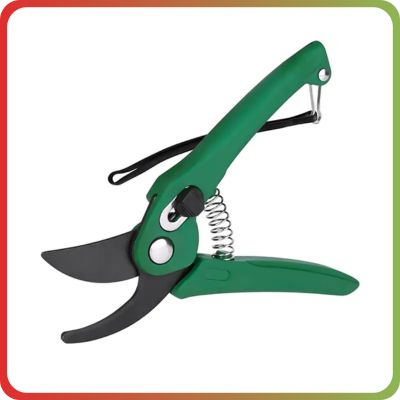
Pruning shears, also known as hand pruners or secateurs, are used for trimming and shaping plants, deadheading flowers, and cutting small branches. Choose a pair with sharp blades and ergonomic handles for precise and comfortable pruning.
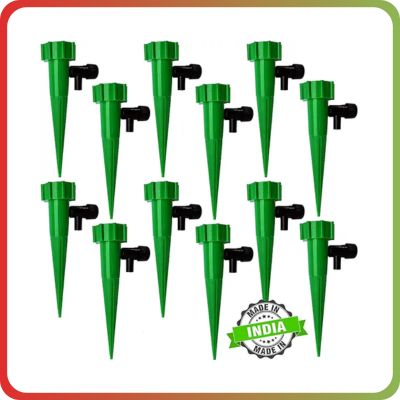
Watering cans are essential for watering plants by hand, providing a gentle and controlled flow of water to avoid overwatering or damaging delicate plants. Alternatively, a drip irrigation system delivers water directly to the roots of plants, conserving water and reducing manual effort.
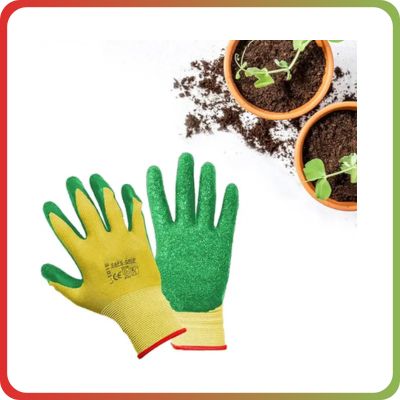
Gardening gloves protect your hands from thorns, prickles, and rough surfaces while working in the garden. Choose gloves made from durable, breathable materials with a snug fit for maximum comfort and dexterity.
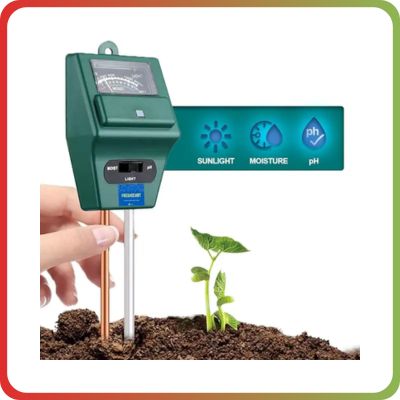
A soil pH tester measures the acidity or alkalinity of soil, helping you determine if your soil is suitable for growing specific plants. By testing your soil pH, you can make informed decisions about soil amendments and plant selection for your garden.
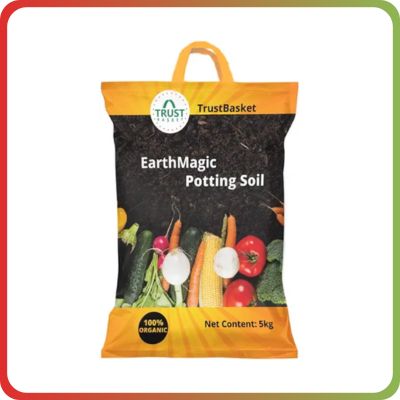
Provides organic matter and nutrients to improve soil fertility and structure.

Provide essential nutrients to plants without harmful chemicals, promoting healthy growth and development.

Contains high-quality seeds for a wide range of vegetables, ensuring successful germination and growth.

Natural insecticide and fungicide derived from the neem tree, effective for controlling pests and diseases.

Supports climbing plants like tomatoes, cucumbers, and beans, maximizing garden space and improving air circulation.
Conclusion
Starting a vegetable garden is a rewarding journey that allows you to connect with nature, cultivate fresh produce, and embrace a healthier lifestyle. By investing in essential products like tools, soil amendments, seeds, and protective gear, you can set yourself up for success in your gardening endeavors. Remember to assess your space and needs, prioritize your purchases, and enjoy the process of nurturing your garden from seed to harvest. With the right products and a little TLC, your vegetable garden will flourish and provide you with an abundance of homegrown goodness for years to come. Happy gardening!





